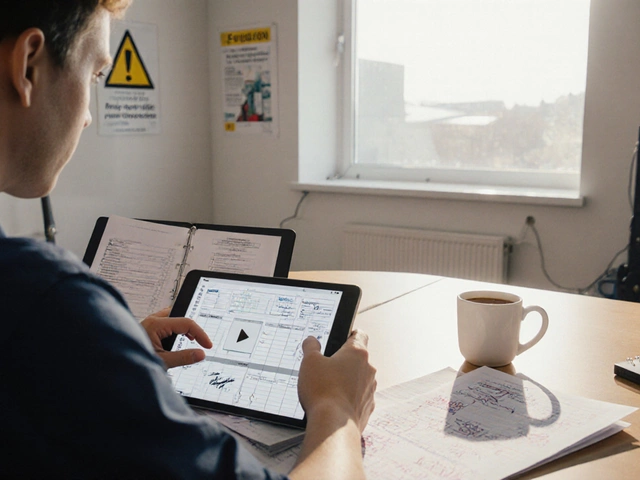DIY Basics: Your First Steps to Handy Skills
Thinking about tackling a home project but not sure where to start? You’re not alone. Most people feel a bit lost before they pick up a screwdriver or a paintbrush. The good news? You only need a few core ideas and the right mindset to turn uncertainty into confidence.
What "DIY Basics" Really Means
DIY (Do‑It‑Yourself) isn’t about being an expert; it’s about learning the fundamentals and applying them safely. Basics cover three pillars: tools, technique, and planning. Grab a basic set of tools – a hammer, a set of screwdrivers, an adjustable wrench, a tape measure, and safety gear like gloves and goggles. Knowing how each tool works saves time and prevents accidents.
Technique is the next pillar. Start with simple tasks: hanging a picture, tightening a loose door hinge, or fixing a leaky faucet. Those small wins teach you how to measure, cut, drill, and secure things properly. Finally, planning means taking a minute to map out the steps, gather materials, and set realistic expectations. Skipping this step often leads to frustration.
Quick Projects to Build Your Confidence
Here are three beginner‑friendly projects that use the basics you just learned:
- Wall Shelf Installation: Measure the wall, mark the studs, drill pilot holes, and secure brackets. You’ll see instant pride as you place books or décor on your new shelf.
- Simple Paint Refresh: Clean the surface, tape off edges, use a roller for large areas, and a brush for corners. A fresh coat can transform a room without a big budget.
- Basic Door Fix: Loose hinges? Tighten screws, adjust the strike plate, or shave the door edge with a plane. The door swings smoothly, and you avoid costly carpenter fees.
Each project reinforces a core skill while delivering a visible result. Once you finish one, move on to the next – the momentum builds.
Beyond these quick wins, GoSkill Vocational Training offers deeper dives into specific DIY trades. If you’re curious about carpentry, check out our "Beginner Carpenter" guide that walks you through tool selection, safety, and starter projects like building a simple stool. Interested in welding? Our "MIG vs TIG Welding for DIY" article breaks down which method suits home repairs best and how to practice safely.
Remember, DIY is a learning journey. Don’t rush to buy expensive equipment; start with the basics, practice consistently, and upgrade as you need. Use online tutorials, ask questions on forums, and don’t be afraid to make mistakes – they’re the best teachers.
Ready to get hands‑on? Pick a project from the list, gather your tools, and follow the step‑by‑step plan. In a few hours you’ll have a finished piece, a new skill, and more confidence to tackle bigger jobs. The only thing standing between you and a functional, personalized space is taking that first step.




